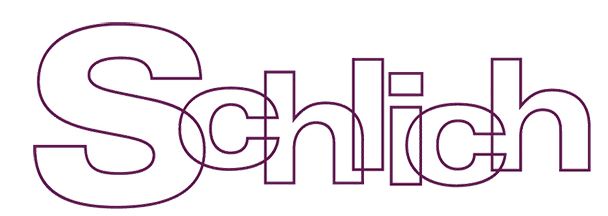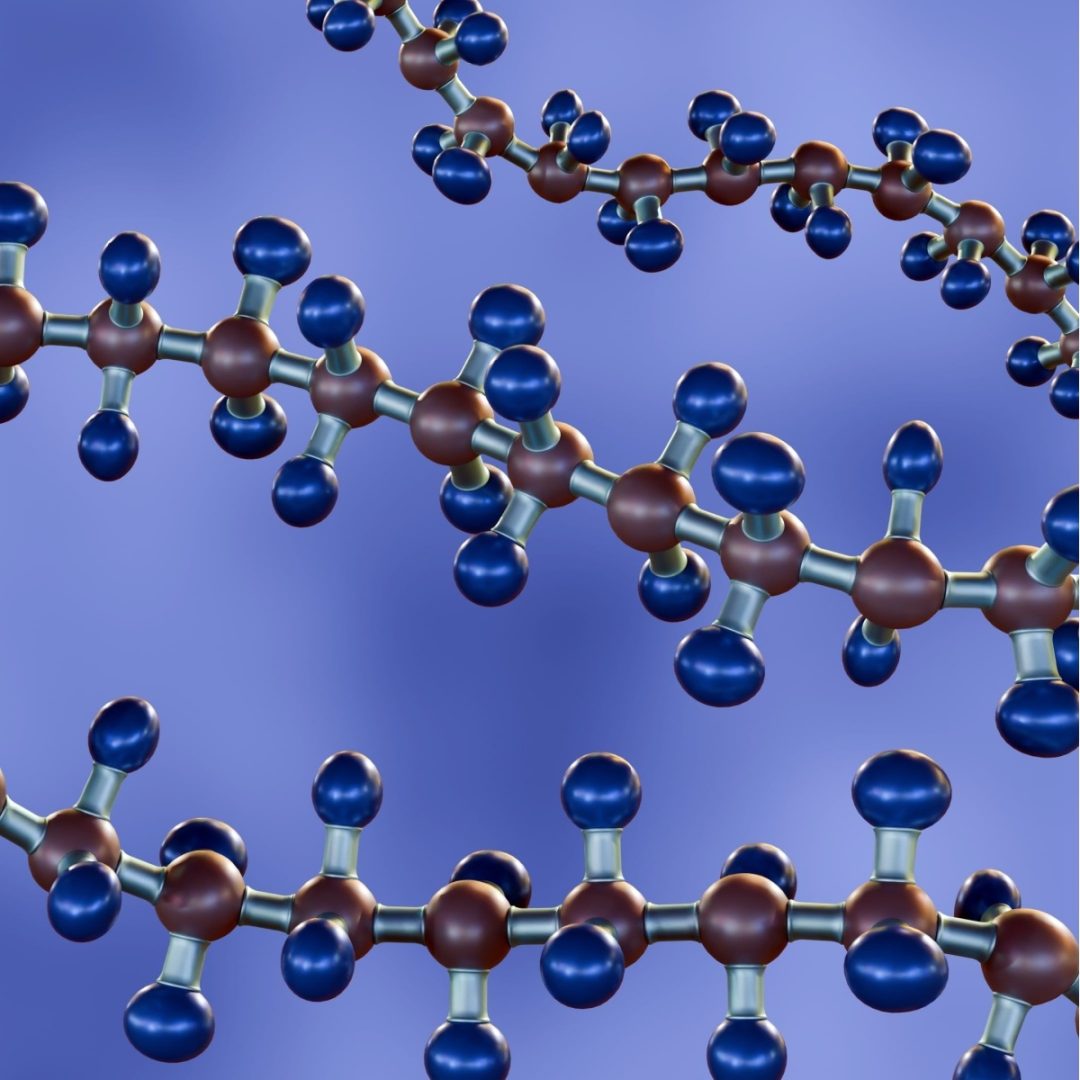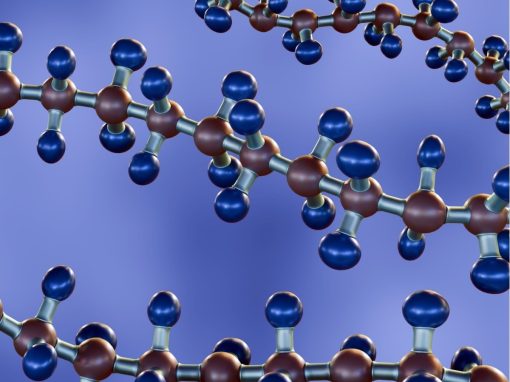On 2 July 2025, the EPO’s Enlarged Board of Appeal (EBA) issued its decision in G 1/23. The referral stemmed from T 0438/19, an appeal against the decision of an opposition division to reject an opposition against a European patent directed to a material for encapsulating a solar cell which comprises an ethylene/alpha-olefin copolymer with certain defined properties, including a content of aluminium element of from 10 to 500ppm. D1 disclosed a commercially available copolymer, ENGAGE® 8400, which the opponent/appellant sought to rely on as the closest prior art for their inventive step challenge; however, the Patentee argued, with reference to G 1/92, that ENGAGE® 8400 cannot be reproduced (i.e., it is not enabled) and therefore it has not been made available to the public within the meaning of Article 54(2) EPC and thus is not a suitable starting point for the assessment of inventive step. Grappling with how to interpret G 1/92, the Board in T 0438/19 referred three questions to the EBA focused on understanding whether a commercial product, put on the market before the filing date of a European patent application, can be excluded from the state of the art for the sole reason that it could not be reproduced. The EBA has now answered, and the short answer is no!
Background to the referral
The G 1/23 referral came from Board 3.3.03 in the consideration of T 0438/19, an appeal against the decision of an opposition division to reject an opposition against a European patent directed to a material for encapsulating a solar cell which comprises an ethylene/alpha-olefin copolymer with certain defined properties, including a content of aluminium element of from 10 to 500ppm.
Example 3 of prior art document D1 disclosed a commercially available copolymer, ENGAGE® 8400, suitable for the manufacture of solar cell modules having all of the features of claim 1 of the European patent except the aluminium content. The opponent/appellant therefore used Example 3 of D1 as the closest prior art for their inventive step challenge.
The Patentees’ rebuttal, to the extent relevant for the present discussion, was that ENGAGE® 8400 cannot be reproduced (i.e., it is not enabled) and therefore it has not been made available to the public within the meaning of Article 54(2) EPC and thus is not a suitable starting point for the assessment of inventive step. Referring to G 1/92, the Patentees argued that the availability to the public within the meaning of Article 54(2) EPC of ENGAGE® 8400 would require that the skilled person is able to produce a polymer that it is not somewhat similar to, but is exactly ENGAGE® 8400, without undue burden.
The appellant contested the Patentees’ reproducibility argument, alleging that irrespective of the extent to which the ENGAGE® 8400 polymer could be reproduced, certain properties of the material, which are covered by the claimed subject-matter, were in the public domain and it would be incorrect and unreasonable if such publicly available information of a commercially available product could be disregarded on the basis that the specific commercial material could not be exactly reproduced.
Against this background, Board 3.3.03 in T 0438/19 grappled with how to interpret G 1/92.
G 1/92
As alluded to above, G 1/92 concerns the interpretation of “made available to the public” in Article 54(2) EPC in the context of prior use of a product.
G 1/92 concludes as follows:
The chemical composition of a product is state of the art when the product as such is available to the public and can be analysed and reproduced by the skilled person, irrespective of whether or not particular reasons can be identified for analysing the composition.
(emphasis added)
Providing further insight into the above conclusion, at paragraph 1.4 of the reasons, the EBA in G 1/92 stated that:
An essential purpose of any technical teaching is to enable the person skilled in the art to manufacture or use a given product by applying such teaching. Where such teaching results from a product put on the market, the person skilled in the art will have to rely on his general technical knowledge to gather all information enabling him to prepare the said product. Where it is possible for the skilled person to discover the composition or the internal structure of the product and to reproduce it without undue burden, then both the product and its composition or internal structure become state of the art.
Thus, of central importance is understanding to what degree a commercial product must be reproducible to be considered as comprised in the state of the art.
Reasoning for the referral
When trying to answer this question, the Board in T 0438/19 identified diverging decisions on three aspects relevant to the interpretation of G 1/92:
(i) the interpretation of “available to the public”,
(ii) the degree of detail required for the analysis of said product, and
(iii) the requirements for its reproducibility.
With respect to (i), the Board found that different Boards of Appeal have reached diverging conclusions when it was found that the product put on the market could not be analysed or reproduced, deciding either that (a) its chemical composition (or internal structure) was not state of the art or that (b) the product itself was not state of the art, thus including its chemical composition or internal structure.
With respect to (ii), the Board found that whilst some Boards took as a criterion the exact composition of the product, in other decisions such a strict condition was not required.
With respect to (iii), the Board found that whilst some Boards have taken as a criterion the ability to exactly reproduce the product, in other decisions such a strict condition has not been required.
Questions referred to the Enlarged Board of Appeal in G 1/23
With the above in mind, Board 3.3.03 in T 0438/19 referred three questions to the EBA:
- Is a product put on the market before the date of filing of a European patent application to be excluded from the state of the art within the meaning of Article 54(2) EPC for the sole reason that its composition or internal structure could not be analysed and reproduced without undue burden by the skilled person before that date?
- If the answer to question 1 is no, is technical information about said product which was made available to the public before the filing date (e.g. by publication of technical brochure, non-patent or patent literature) state of the art within the meaning of Article 54(2) EPC, irrespective of whether the composition or internal structure of the product could be analysed and reproduced without undue burden by the skilled person before that date?
- If the answer to question 1 is yes or the answer to question 2 is no, which criteria are to be applied in order to determine whether or not the composition or internal structure of the product could be analysed and reproduced without undue burden within the meaning of opinion G 1/92? In particular, is it required that the composition and internal structure of the product be fully analysable and identically reproducible?
G 1/23: the Decision
The EBA has now issued its decision in G 1/23, and concluded that a product put on the market cannot be excluded from the state of the art within the meaning of Article 54(2) EPC for the sole reason that its composition or internal structure could not be reproduced by the skilled person.
In reaching this conclusion, the EBA thought a lot about the meaning of the term ‘reproduced’ within the context of G 1/92, noting that one possible way of reproducing a product is repeatedly obtaining said product from the market. Although the EBA noted that the meaning of ‘reproduced’ in the context of the referred questions was undoubtedly manufacturing the product from starting materials different from the product itself, after highlighting the issues that arise from reconciling that construction with the findings of G 1/92, the EBA decided that the reproducibility requirement of G 1/92 must be understood such that it would be satisfied if the skilled person was able to obtain and possess the product. Noting that this requirement is inherently fulfilled when a product is placed on the market, the EBA acknowledged that the reproducibility requirement of G 1/92 is effectively redundant and that the proper reading of G 1/92 is as follows:
“The chemical composition of a product is part of the state of the art when the product as such is available to the public and can be analysed by the skilled person, irrespective of whether or not particular reasons can be identified for analysing the composition.”
With respect to question 2, the EBA confirmed that all analysable (real or hypothetical) properties of the product on the market will also belong to the state of the art. The meaning of ‘undue burden’ wasn’t explored, although the EBA acknowledged that “this does not mean that the issue of the “analysis without undue burden” can never arise”.
The order:
- A product put on the market before the date of filing of a European patent application cannot be excluded from the state of the art within the meaning of Article 54(2) EPC for the sole reason that its composition or internal structure could not be analysed and reproduced by the skilled person before that date.
- Technical information about such a product which was made available to the public before the filing date forms part of the state of the art within the meaning of Article 54(2) EPC, irrespective of whether the skilled person could analyse and reproduce the product and its composition or internal structure before that date.
- In view of the answers to Questions 1 and 2 an answer is not required.
Conclusion
We now await the interpretation of the above-mentioned answers by Board 3.3.03 in T 0438/19. With that said, it seems likely that ENGAGE® 8400 will be held to be comprised in the state of the art, and the claims of the contested patent will need to be inventive over the same.









